Biography
The material clay must have exuded a special fascination for many artists of the Art Nouveau period. This is the only way to explain why architects and designers such as Henry van de Velde, Peter Behrens and Richard Riemerschmid - who were actually unfamiliar with the subject - undertook a wide range of experiments in the field of ceramics. But no one was as captivated by this craft as Max Laeuger. The trained draftsman made ceramics the focus of his artistic work and devoted almost 60 years of his life to it.
His initially self-taught occupation with ceramics took place from 1892 in Kandern, and later in Karlsruhe. The clay works in Kandern carried out his work from 1897 under the brand name 'Prof. Laeuger'sche Kunst-Töpfereien'. Designs for mass-produced vessels and plates were the focus during the Art Nouveau period. Laeuger's handicraft involvement was limited to decorating the objects such as pouring can painting with clay slip and incising techniques. Vases, plates and tiles with vegetal and peasant decorations date from this period. Leaves, flowers and branches, but also the four seasons became recurring motifs.
Laeuger was inspired by travels and exhibitions. A wonderful example is the 'Gold Mosaic' vases, which reflect his touch with oriental culture. Laeuger probably had the idea of using mosaic as early as 1901, and his travels to Ravenna and Venice, where he studied the large-scale historic wall mosaics in the churches of San Vitale and San Marco, encouraged him in his plan.
In his own studio in Karlsruhe, which Laeuger operated from 1916 to 1944, he then devoted himself to clay and glazing. Here he created full sculptures and reliefs, which he shaped and painted himself.
We regularly sell objects by Max Laeuger in our auctions. If you would like to sell your objects, our experts will be happy to help.
Objects by Max Laeuger
-
In the post auction sale
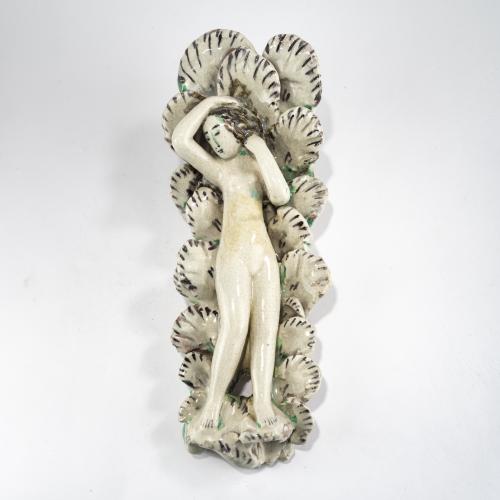
-
Sold
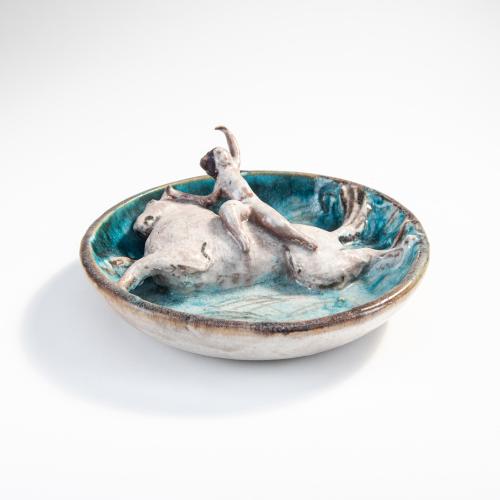
-
Sold
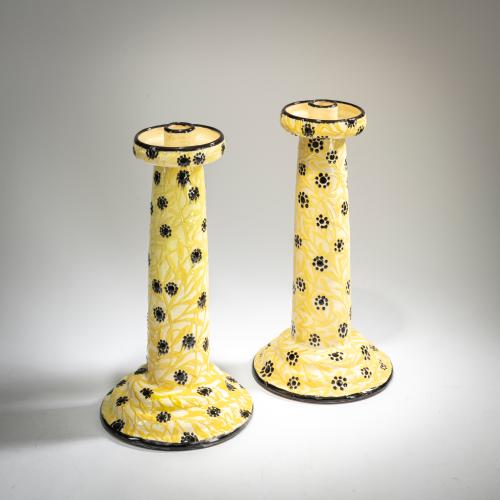
Max Laeuger Laeuger, Max, Kandern
Two candlesticks 'Flowers and Branches', c. 1916
Hammer Price: 800 €
-
In the post auction sale
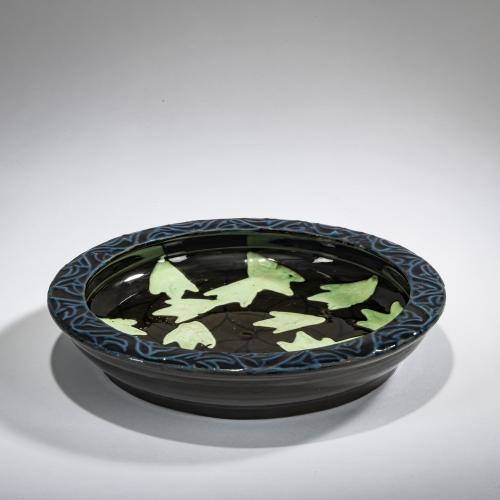
-
Sold
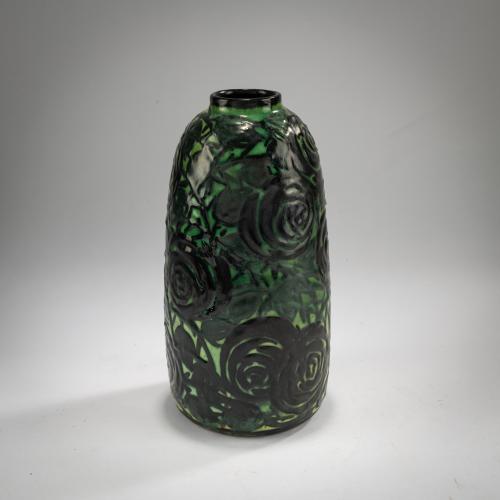
-
Sold
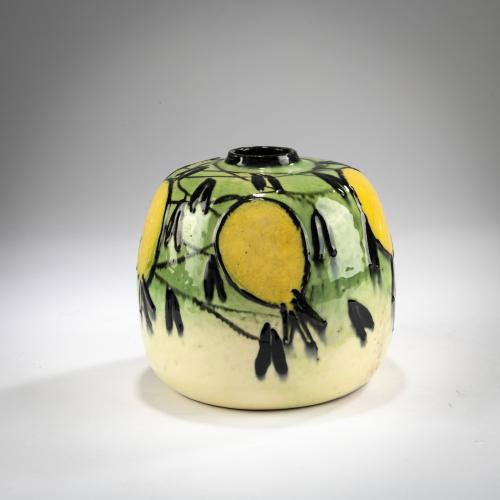
-
Sold
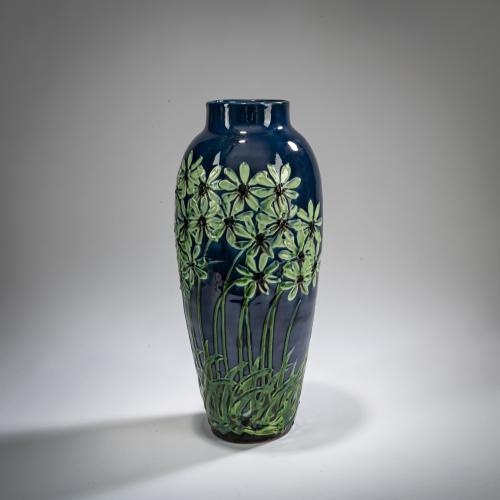
-
Sold
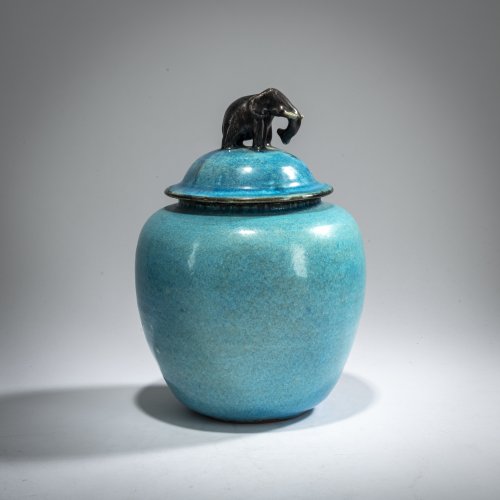
-
In the post auction sale
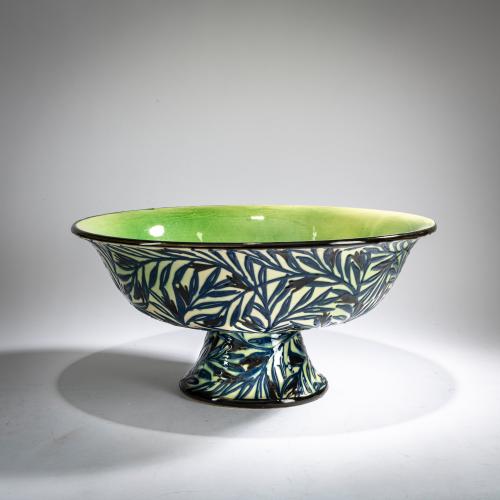
-
Sold
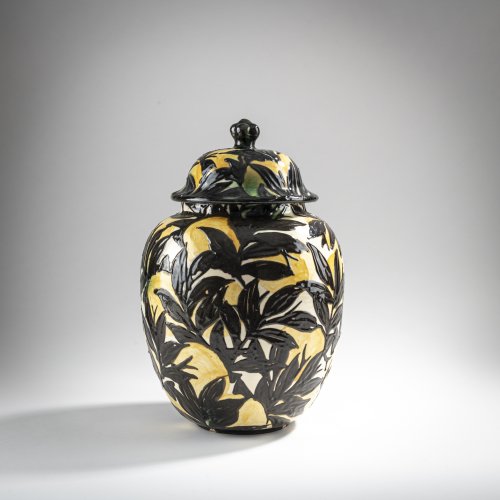
-
Sold
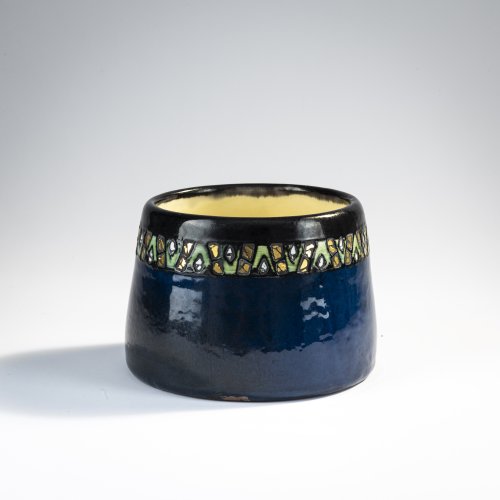
-
Sold
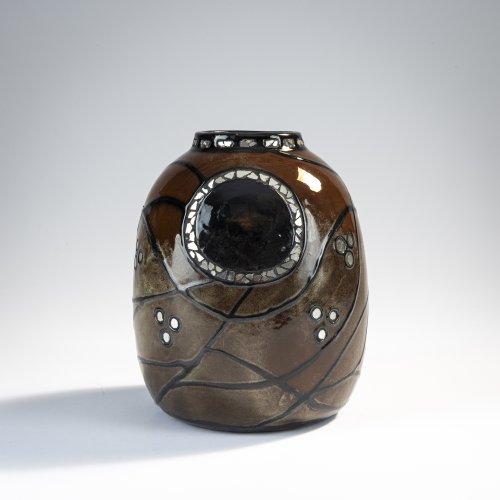
-
Sold
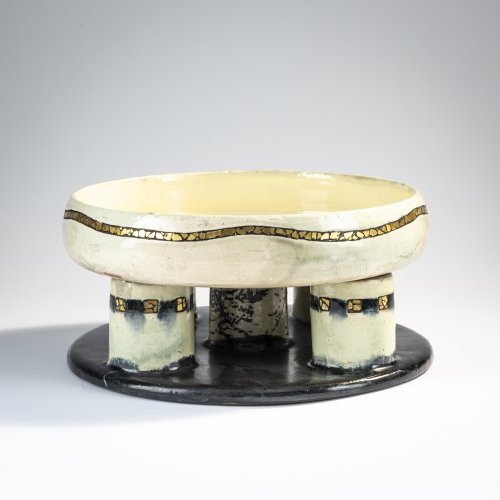
-
Sold
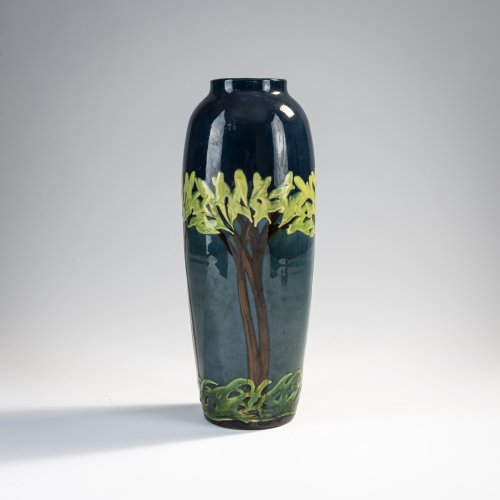
-
Sold
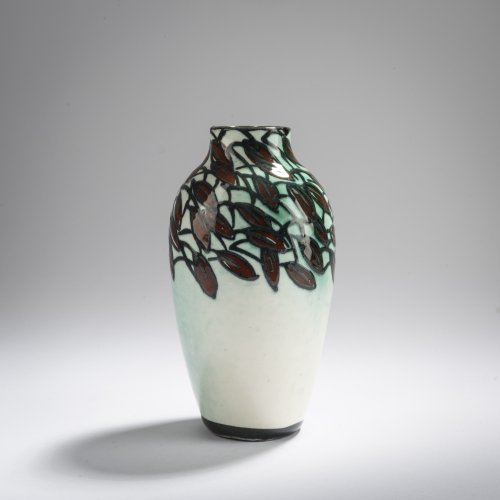
-
Sold
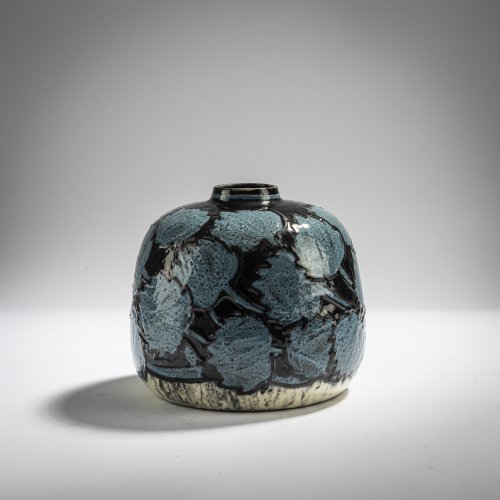
-
Sold
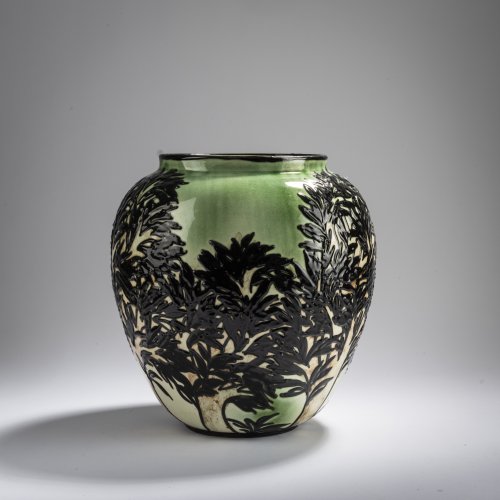
-
Sold
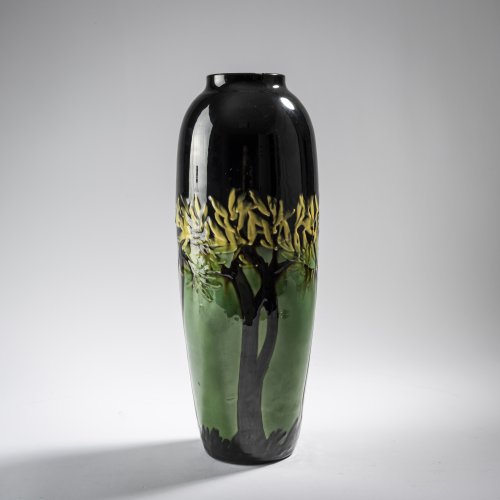
-
Sold
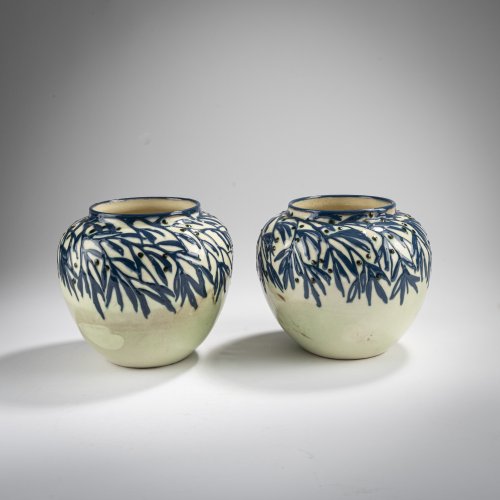
-
Sold
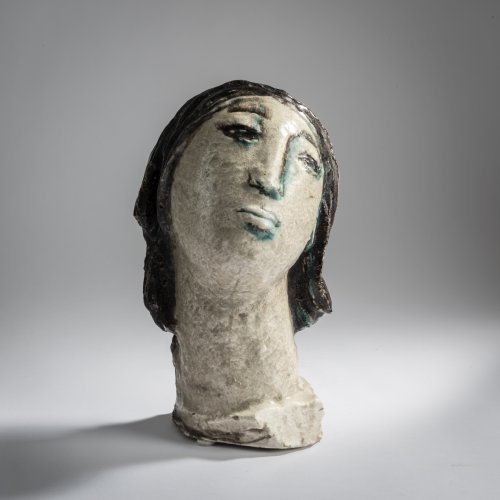
-
Sold
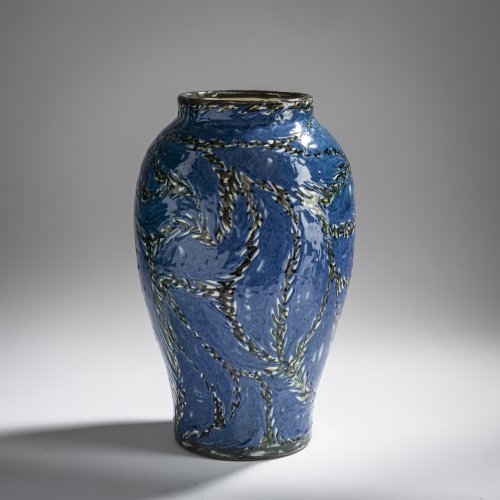
-
Sold
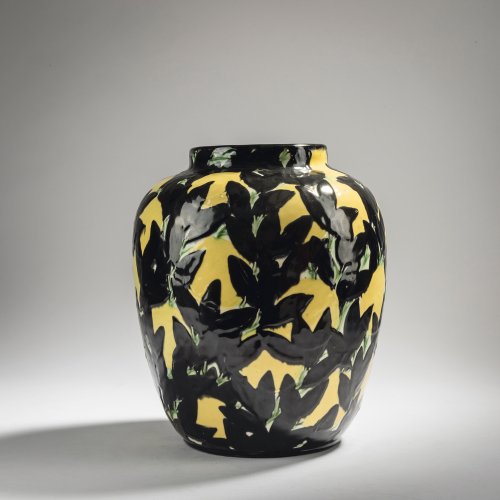
-
Sold
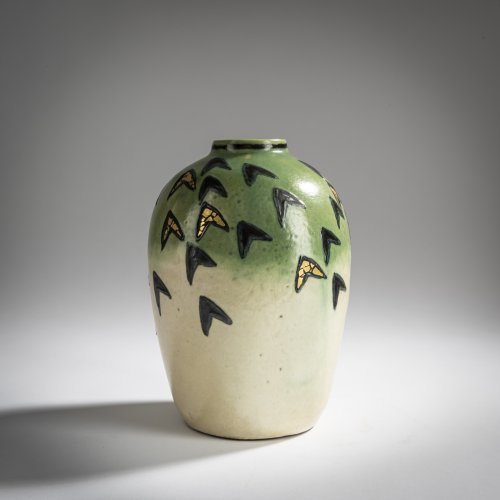
-
Sold
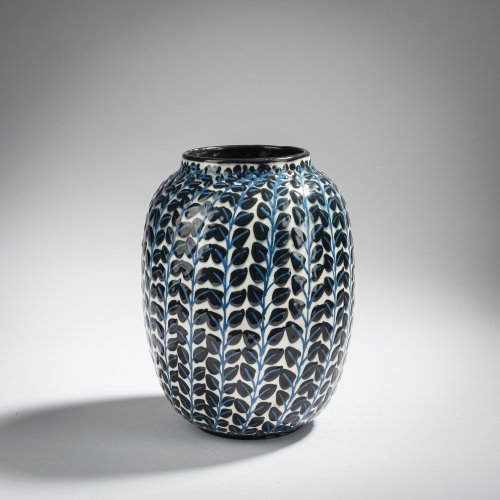
-
Sold
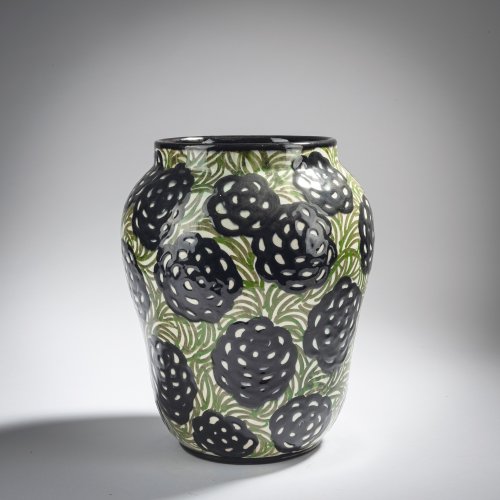
-
Sold
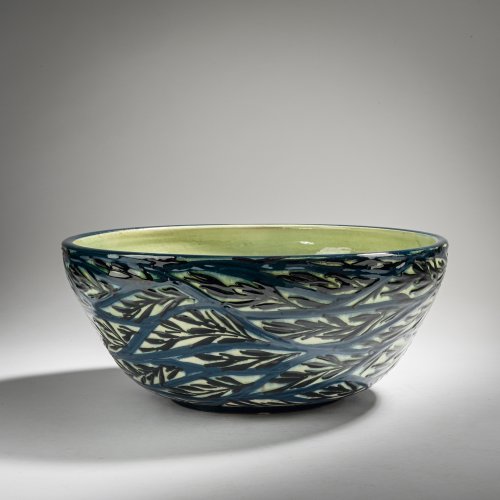
-
Sold
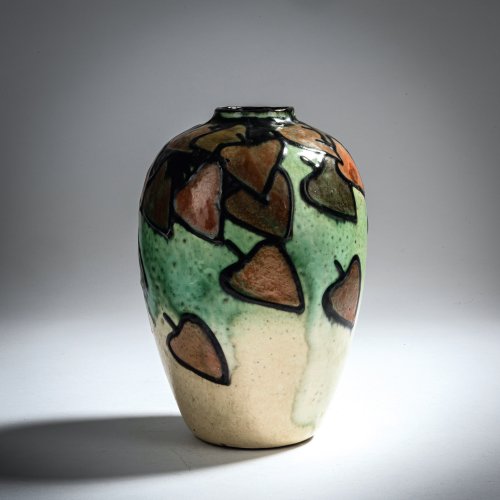
-
Sold
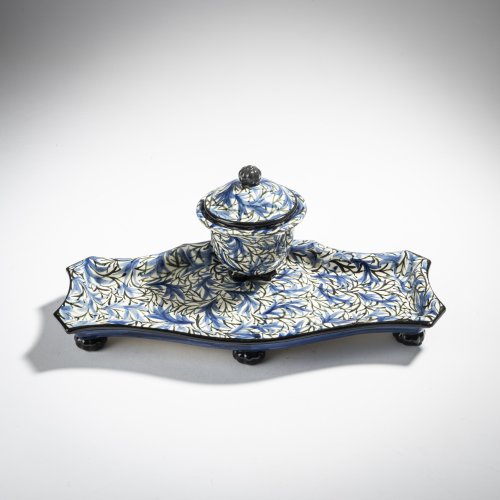
-
Sold
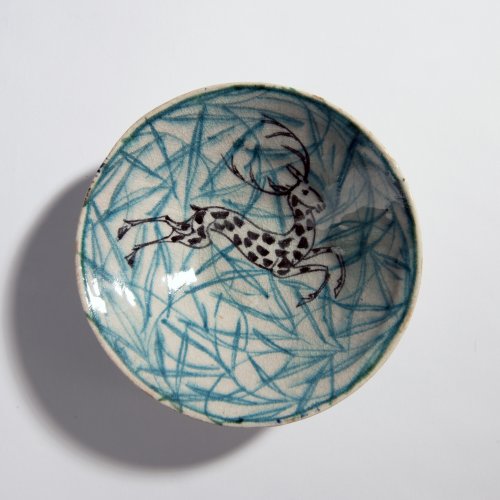
-
Sold
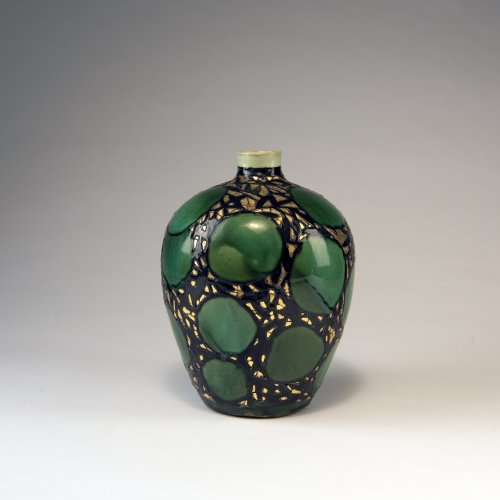
-
Sold
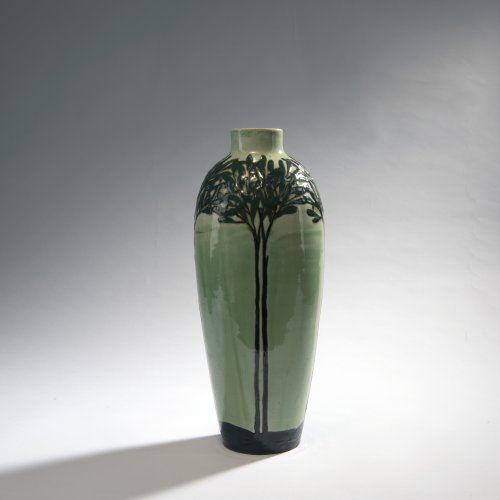
-
Sold
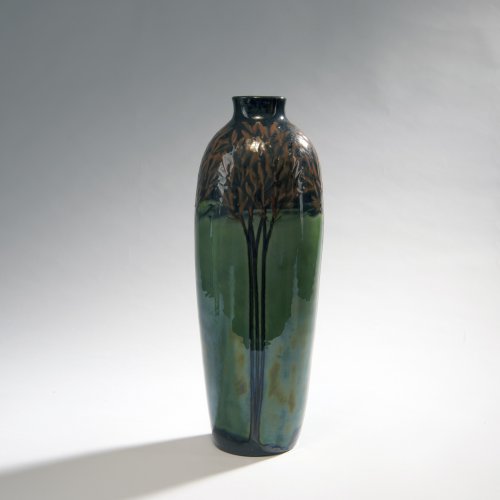
-
Sold
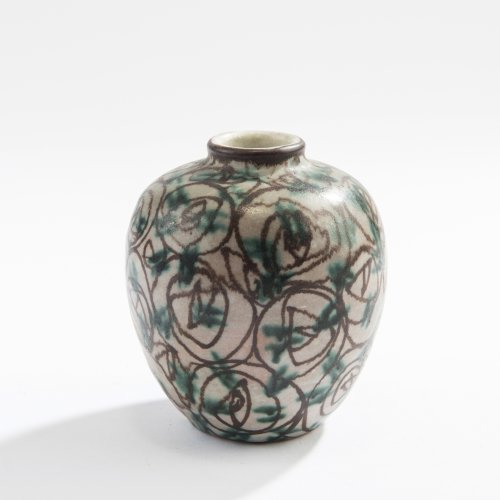
-
Sold
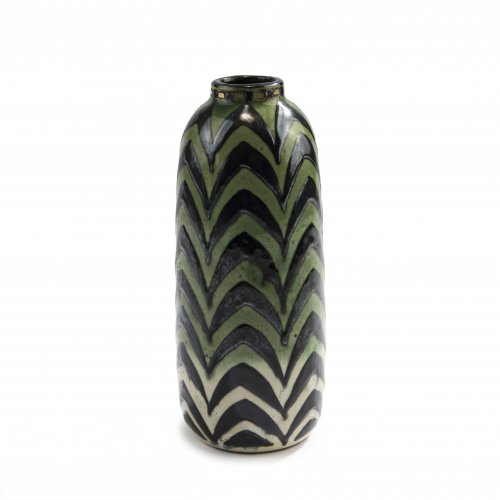
-
Sold
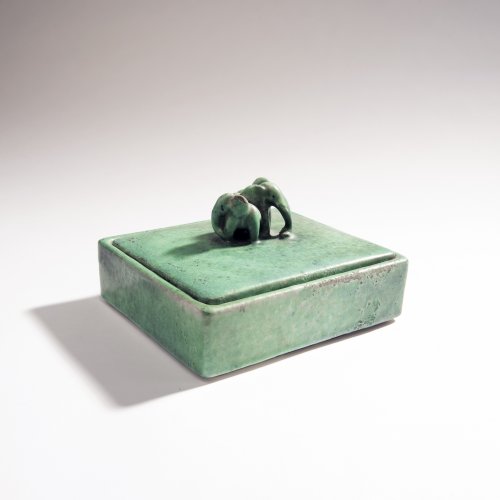
-
Sold
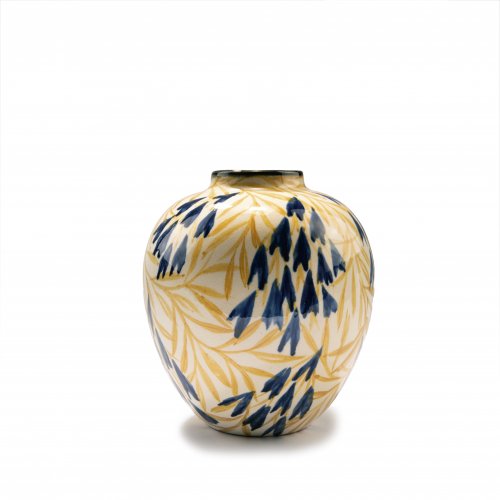
-
Sold
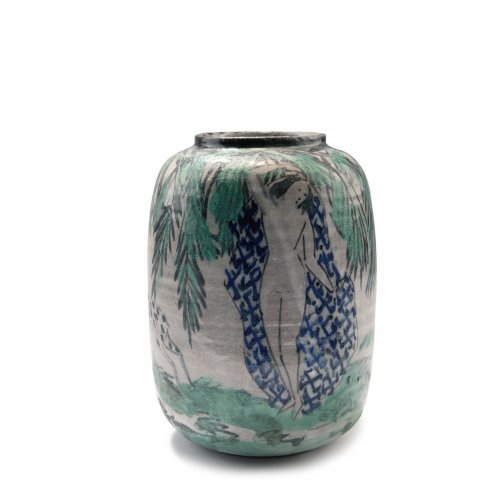
-
Sold
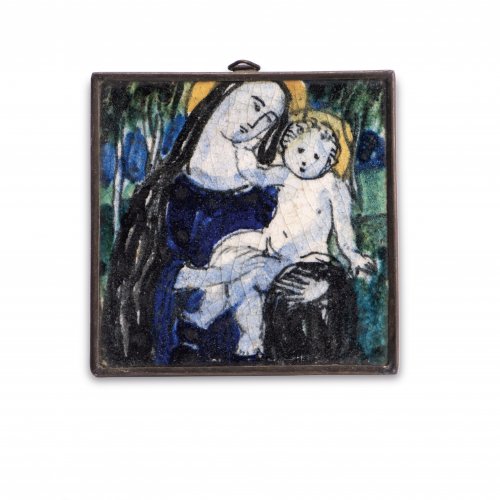
-
Sold
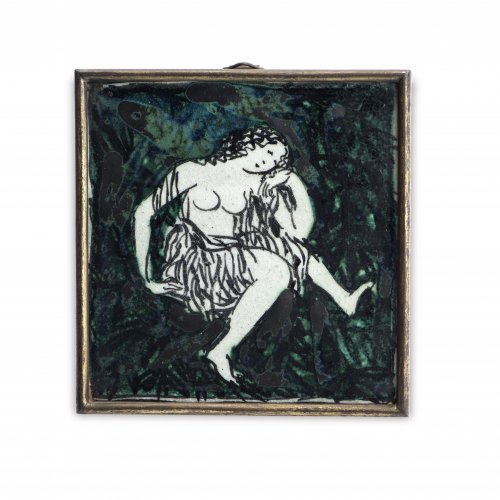
-
Sold
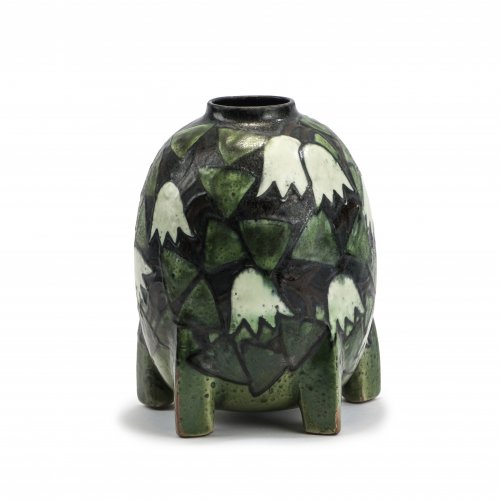
-
Sold
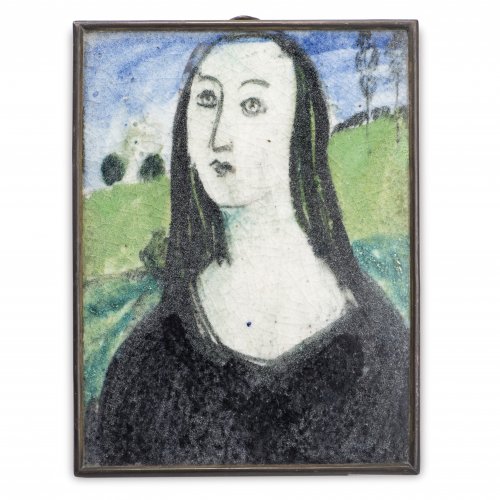
-
Sold
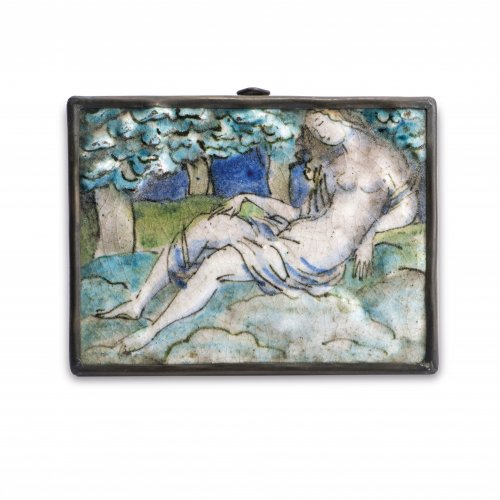
-
Sold
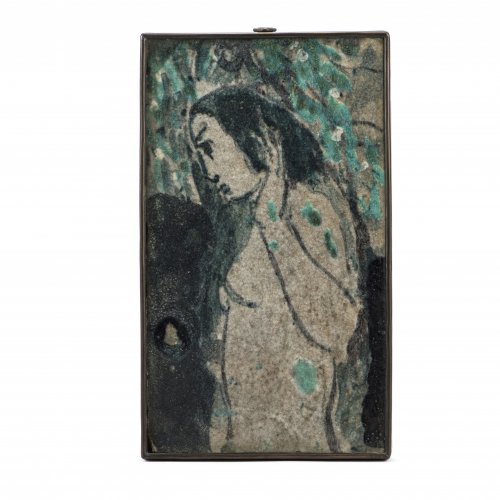
-
Sold
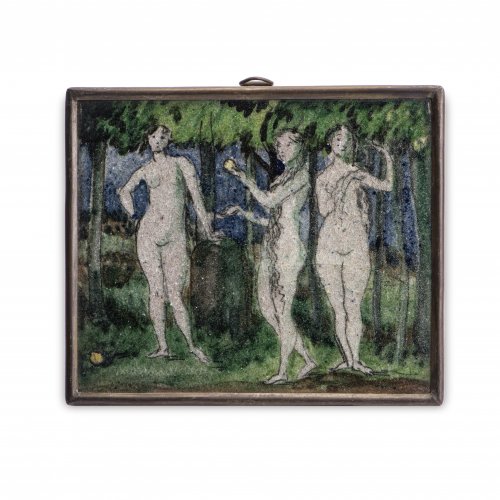
-
Sold
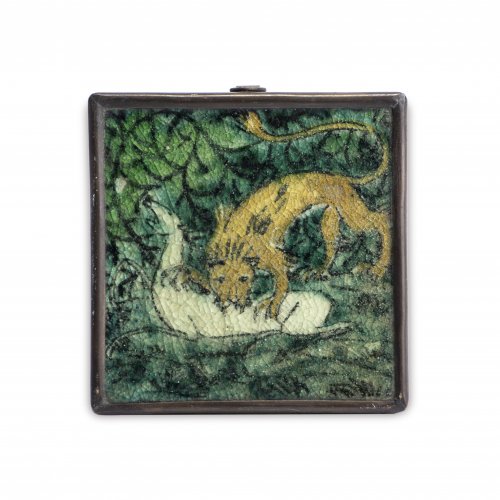
-
Sold
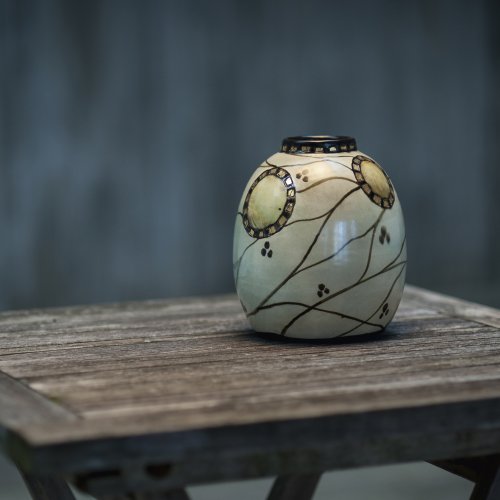
-
Sold
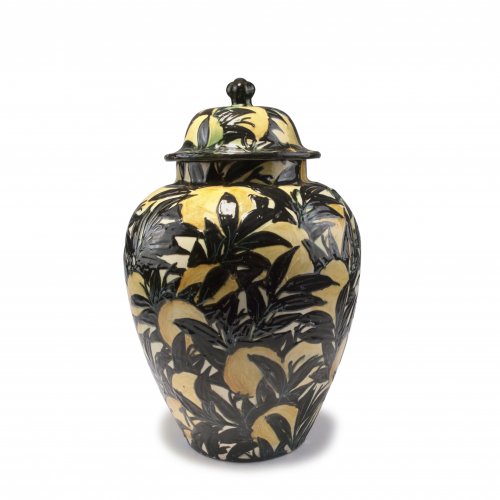
-
Sold
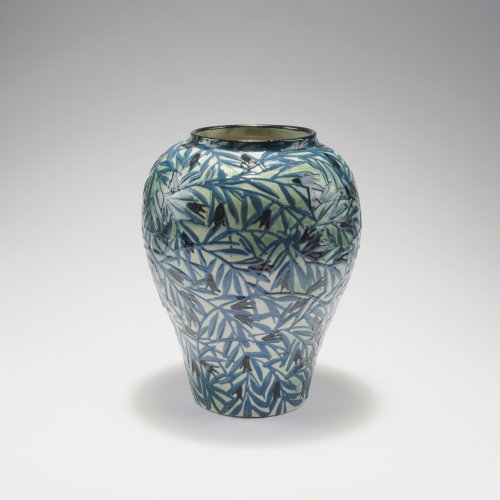
-
Sold
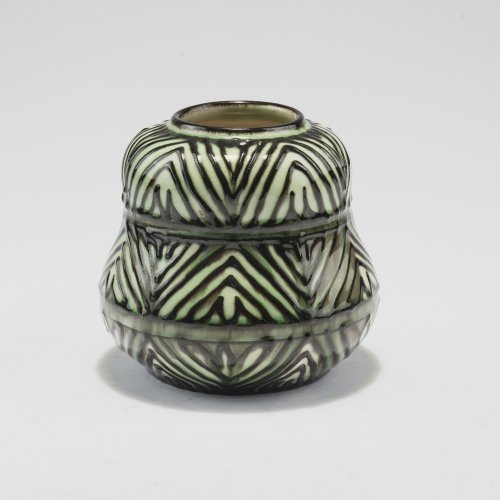
-
Sold
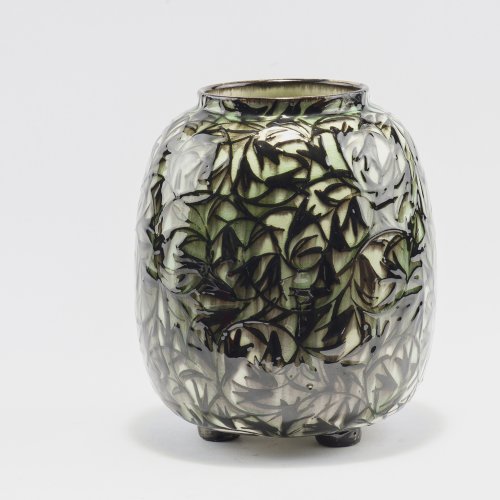
-
Sold
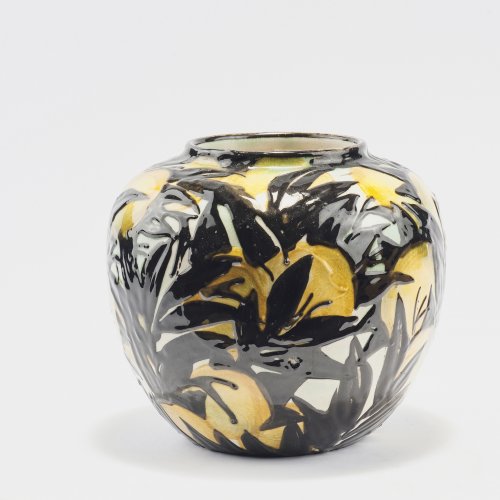
-
Sold
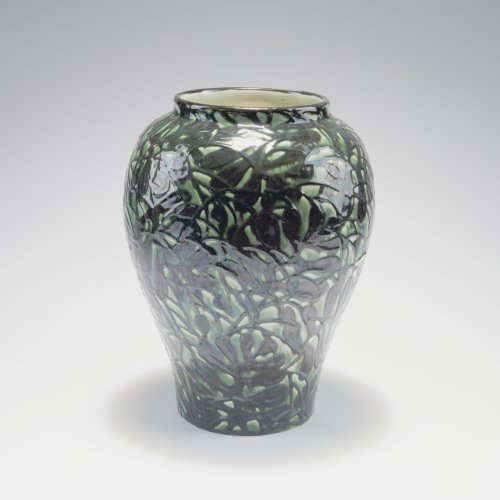
-
Sold
-
Sold
-
Sold
-
Sold
-
Sold
-
Sold
-
Sold
-
Sold
-
Sold
-
Sold
-
Sold
-
Sold
-
Sold
